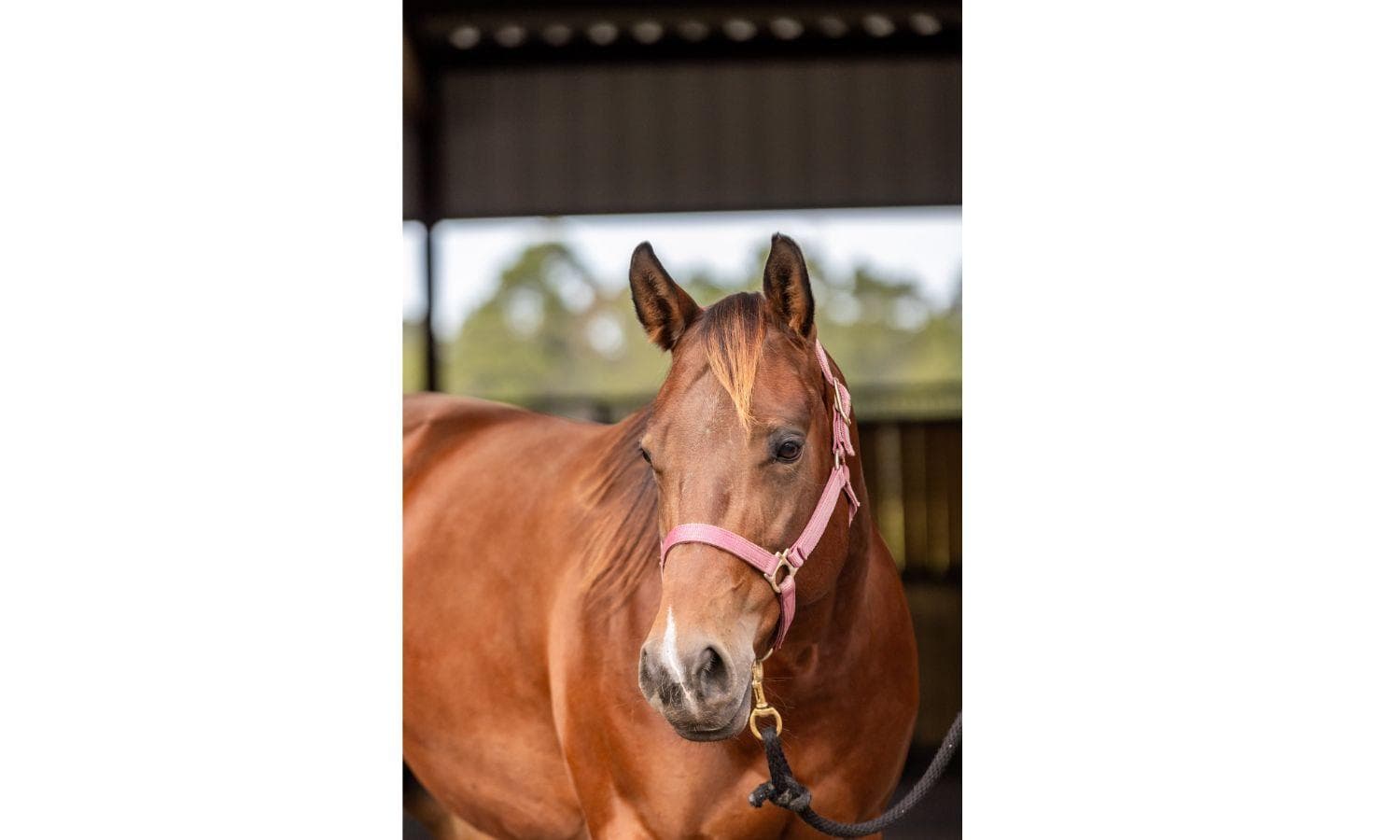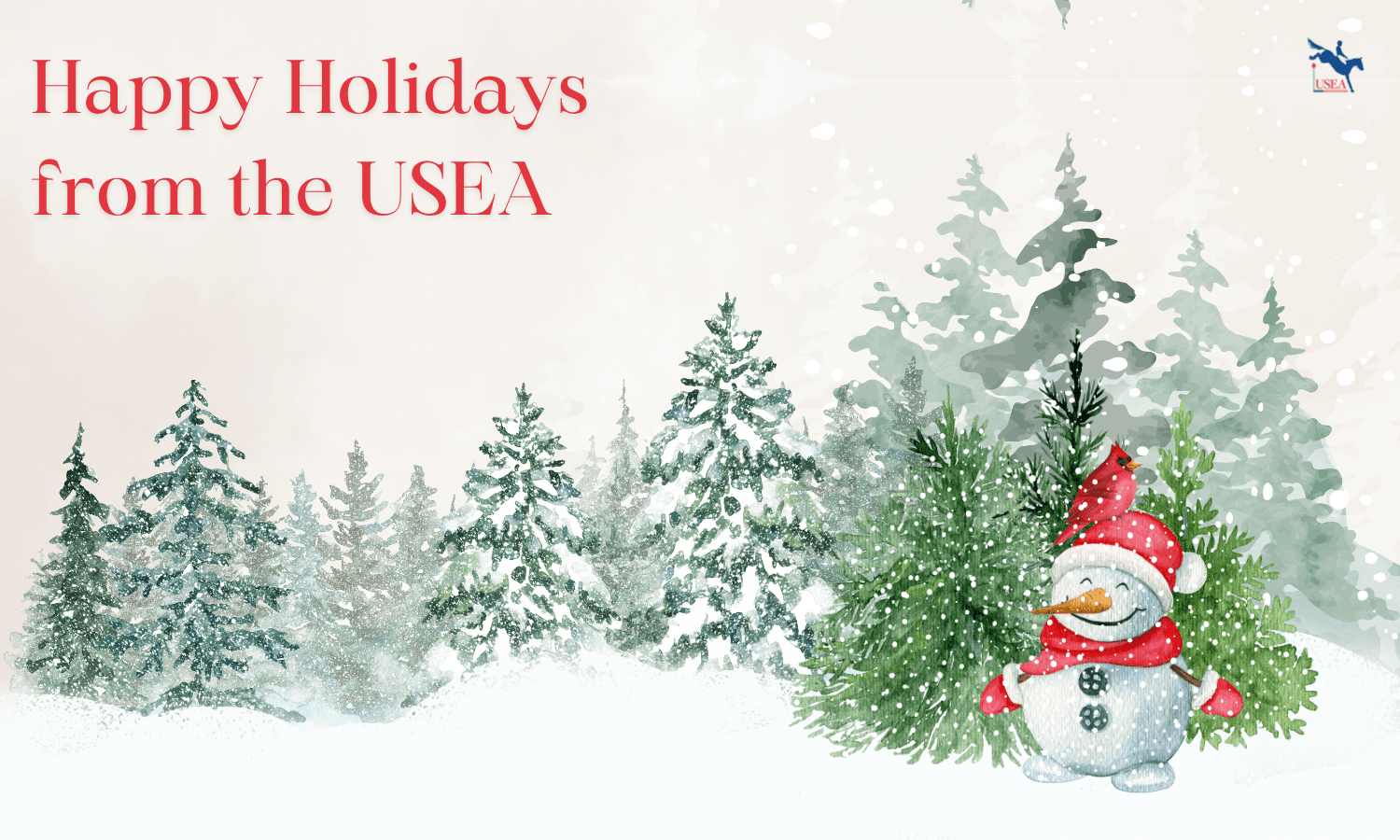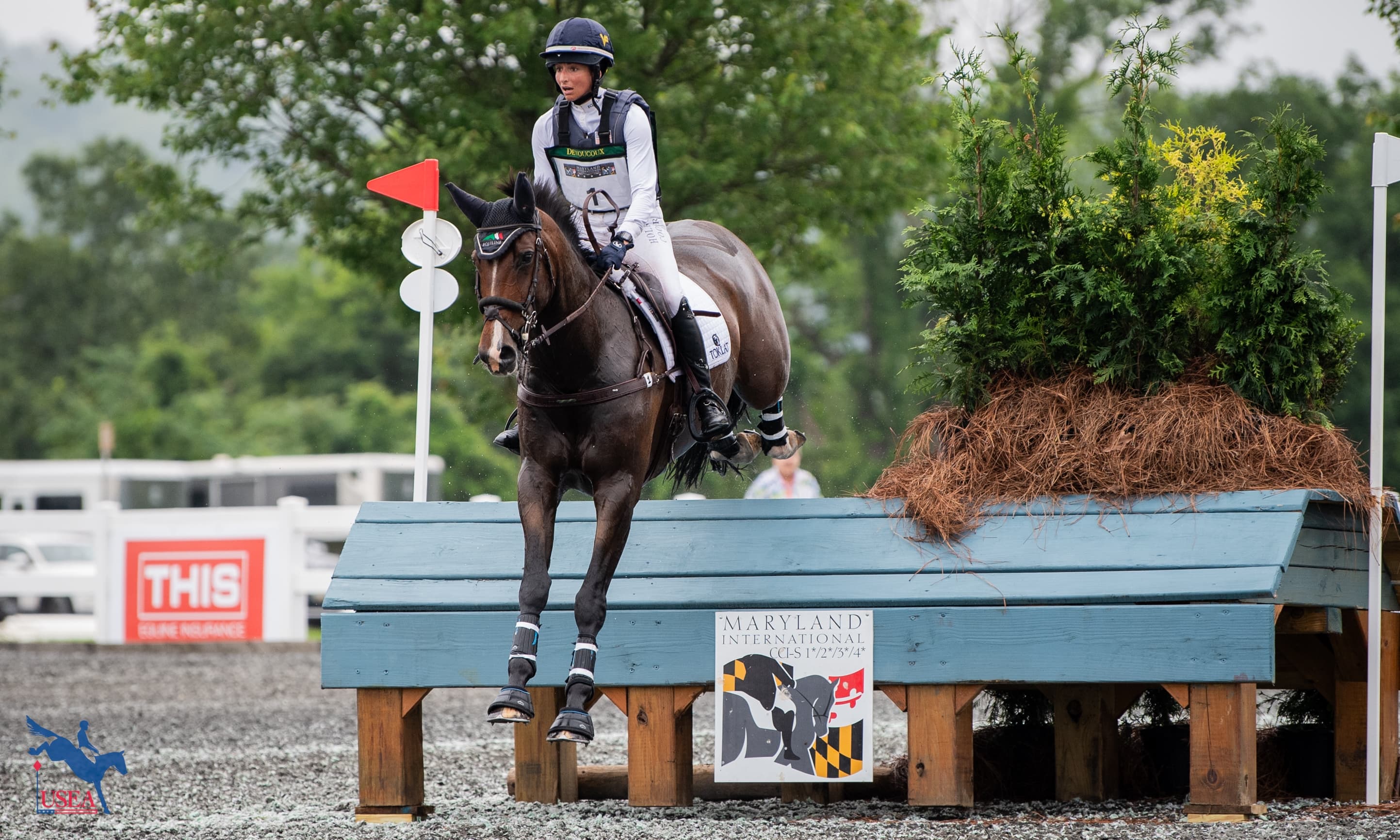USEA Events A-Z: Inavale Horse Trials
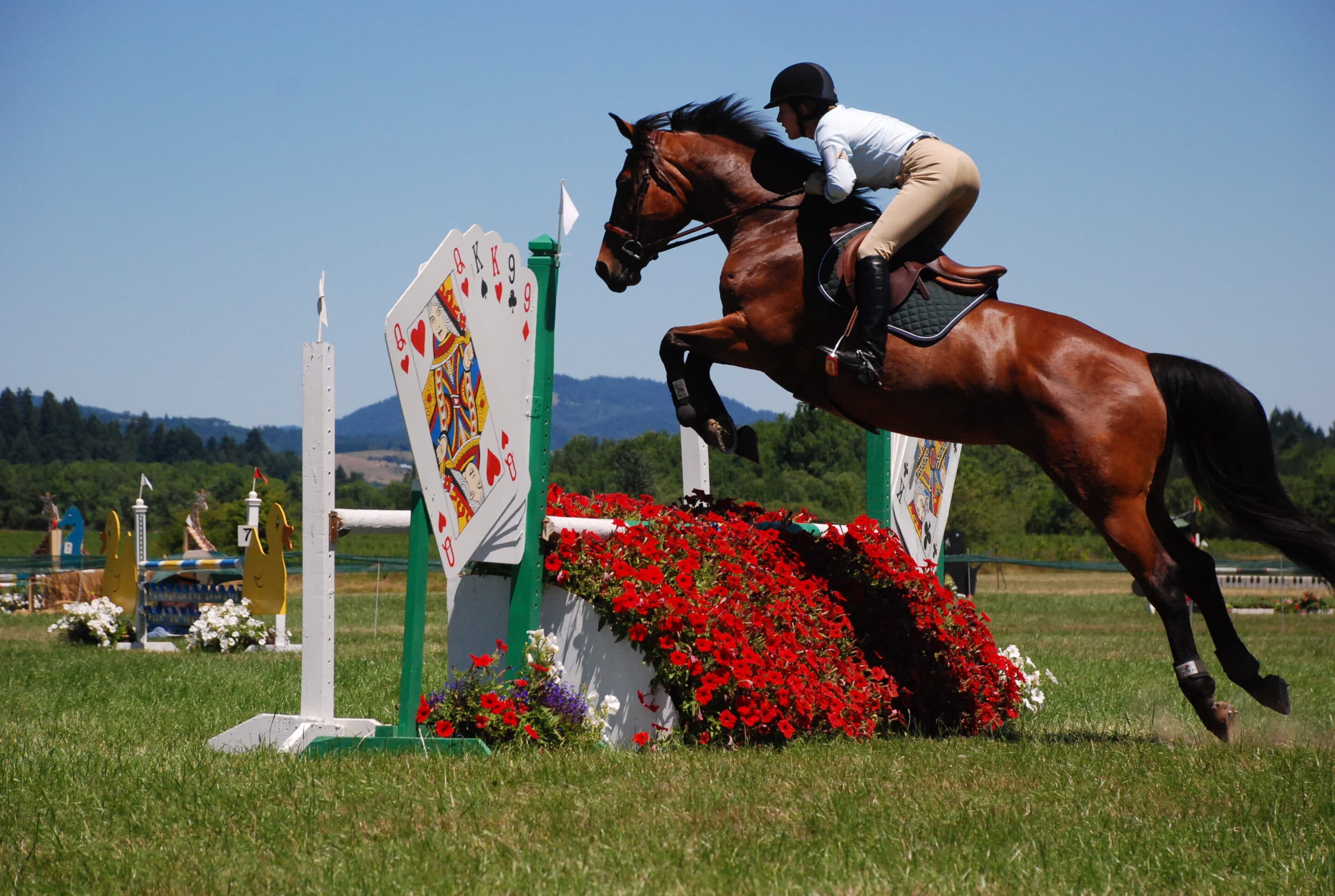
Inavale Farm in Philomath, Oregon (Area VII) hosts one USEA recognized event each year in late June offering Introductory through Intermediate levels. The farm is a full-service boarding and training facility with an active lesson program, youth and adult camps, schooling shows, and combined driving events.
We started the Inavale Horse Trials in 1997. I had shown Morgan horses all my life in arena shows and had one horse who could jump. On a whim, my husband Luigi and I took him to a horse trials, not knowing anything about eventing, and had a great time. We looked around the grounds and naively said, “We could do this at our place!”
We had no idea what we were getting into but learned quickly, mostly the hard way, by making mistakes. It was discouraging at first, with the sheer amount of work that had to be done, including infrastructure and land clearing, just to meet the expectations of riders. But we decided to jump in completely and take the time and effort to learn what to do.
We traveled around the country to some of the larger events to see in general how horse trials should look and to ask some specific questions of organizers. It was very helpful to watch other events, particularly the East Coast events we went to, which looked to us quite different from those here in the west.
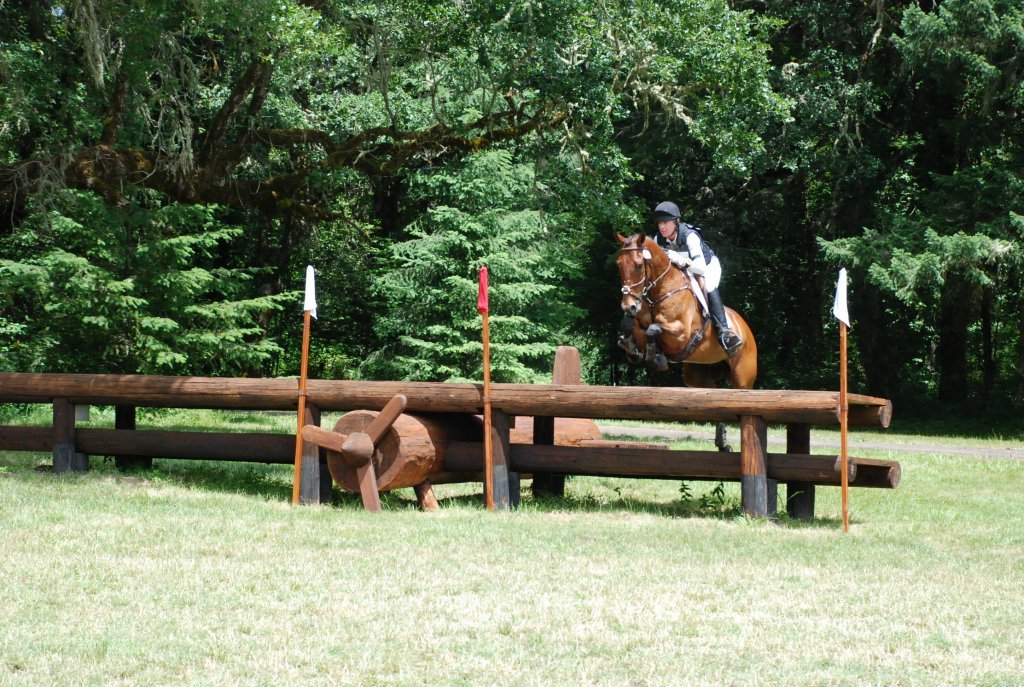
We bought an aerovator to help make good footing for galloping and acquired some new tools for jump building. We took a course design seminar, not to become designers, but to learn what we could. That was where we met Tremaine Cooper, who has designed our courses since 2000.
One thing we really wanted to do was to make creative show jumps, so we spent the first two winters building in our hay barn. I think our fun jumps are one of the things we are known for. I try to build something new every year or two that is a unique design, hopefully something people haven’t seen before. We also wanted to have real flowers decorating show jumping and are happy that we have been able to maintain that from the beginning. It helps that we have a greenhouse to get them started early and it’s nice to be able to give the flowers away to our volunteers after the event.
We soon outgrew the property boundaries and had to limit the size of the event to accommodate parking. But in 2006 we were able to purchase the neighboring 65 acre hay field, which enabled expansion. We were then able to have two show jumping arenas, run multiple phases at once, and park everyone with plenty of space.

The cross-country courses here probably lean toward average/difficult at lower levels and soft at the upper levels, compared to the rest of the country. It is quite a mix of terrain with forest trails, hills, and fields, which makes for a very interesting and varied course at all levels. Luigi and I do all the building, which is a lot to take on in addition to organizing, but we don’t want to hire someone for that because the cross-country building is our favorite part! Most of the logs we use are trees that fell in winter storms and we occasionally mill some of our own lumber from them.
We live on the property, so we know every stick, marsh, and tree by heart. We feel very connected to the land, and in fact are only the third family to occupy it since the Calapooia Indians. So, while it is an intense few weeks of preparation for the horse trials, it gives us great satisfaction to prepare the grounds for people to enjoy. In fact, the Thursday morning before the course walk is one of my favorite times each year, when we have put all the work into spiffing up the cross-country course and it looks beautiful, but before there are hoof prints and dust (or mud) on everything. Running a close second in favorite moments is the announcement that the first horse has left the cross-country start box. Something about that moment makes it emotional and joyful.
I think that sense of place is one of the things that makes this event special. I have had people tell me that they wouldn’t miss coming here for anything, just to get to ride through the beautiful old forest, listen to the birds, and enjoy the farm. It is exactly what we want them to do. Open space land is getting scarce these days and I feel like facilities with enough space to run a horse trials will become even more difficult to find as cities encroach on farm land.
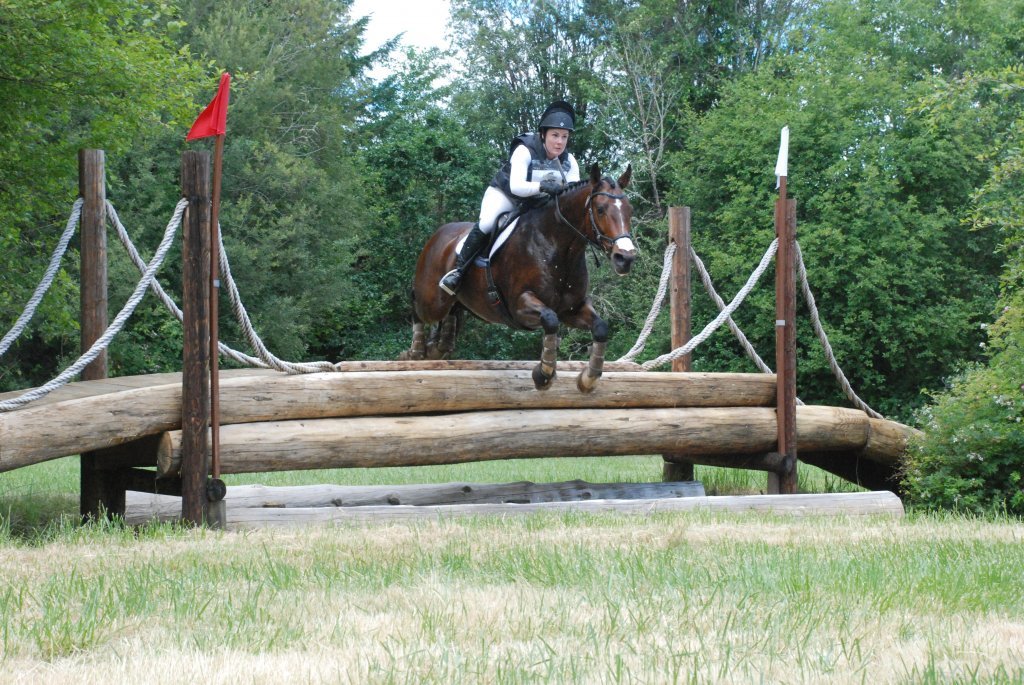
One thing that we have had to learn over the years is that each event will be different, no matter what, and to an extent you have to be prepared to go with the flow of whatever happens. We have had years where the forecast was for sun, but then it rained four inches, and years where it hailed so hard we learned you can fit way more people than you ever thought under a 10’ x 10’ tent. We had one year where there was a nesting bird, nicknamed “The Killer Grouse,” on the back hill and she was attacking riders until a brave volunteer trapped her under a towel. Another time a horse collided with a deer and when the jump judge announced what had happened, the other people wanted to know, “Was the deer ok?”
Like all events, we have a great group of volunteers who help make it happen. I have a good friend, Emily Bucholz, who helps every year by taking a week of her vacation time to work here the week before and during the event. Without Emily, well, I don’t think I could survive without Emily! She takes care of all the little things I would be doing if I weren’t preparing the cross-country course. Many of our volunteers come back every year and we find ourselves filled with gratitude toward these people for donating their time. They have stuck it out through rain, hail, extreme heat, and of course, killer grouses and whatnot.
I want eventers to know that our goal is to create a venue that is a unique experience for participants, to share this property we love, and that it’s much less a business venture than a labor of love. I feel like the family-run, private property event is becoming a threatened species, and that by running this horse trials, we (and the riders, by participating), are helping preserve this space for horses and riders to enjoy.
The USEA is profiling the history behind all USEA recognized events in the USEA Events A-Z series.

